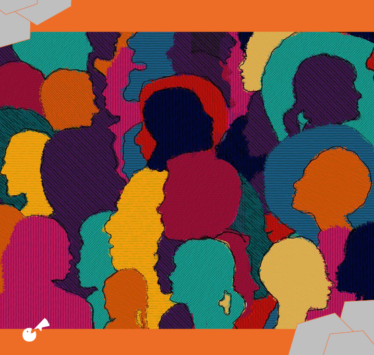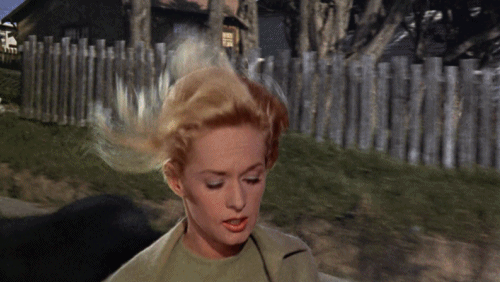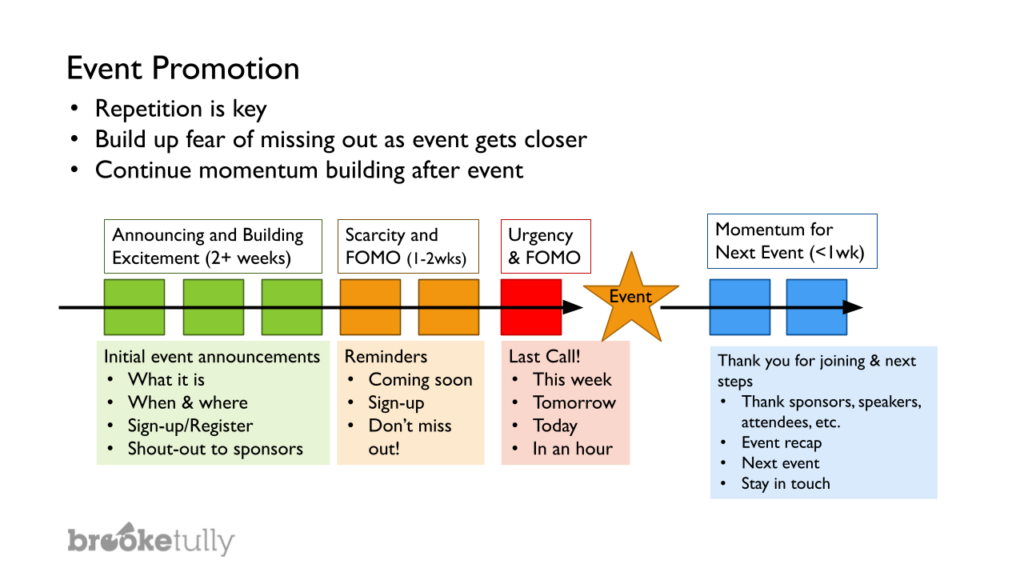
Getting people to show up to your event
In many of our behavior change and outreach programs, we aim to actively engage and expand our audience.
To do this, we typically run some type of event that draws people in.
Your event may be an online webinar, festival or group activity, fundraising gala, stakeholder meeting, or training workshop.
Whether your event is online or in-person, for a large or small group, the fundamental goal is the same: we need people to show up.
Yet, too often, we don’t do enough communication about the event to ensure high attendance.
And, too often, we wish more people had attended beyond the core group of attendees who always show up.
One message at one time is never enough
The reality is that people are busy and there’s a lot of information coming at us these days.
It feels something like this:

This feeling leads us to put things off until later and then, ultimately, forget to do them.
It also means that our message is increasingly likely to get lost in the stream of stuff the audience sees and hears everyday.
It is said that someone needs to see a message between 4 and 9 times before they take action on it.
And this is for simple actions like registering for a webinar!
So, one message at one time will not be enough to secure a good turnout for your event.
Instead, you’ll need a more robust plan that builds excitement and urgency, provides consistent reminders, and keeps the momentum going after the event.
Here’s a game plan you can start with:
2+ weeks before the event
Put out the initial event announcement with all the details on what it is, when and where it takes place, and how to join.
Build up excitement and motivation for why the audience should join (more on this point below).
1-2 weeks before the event
Provide consistent reminders that the event is happening soon. Create a sense of scarcity and FOMO that it’s something they won’t want to miss.
This helps nudge those folks who saw the message previously but forgot to take action.
The week of the event
This is the final push before the event to attract all those who missed or ignored previous messages, and those who tend to wait for the last minute to commit (which is always a large group!)
Don’t shy away from the “it’s happening tomorrow” and “it’s happening in an hour” messages. Remember, everyone is busy and a bit forgetful.
The event
Woohoo! You did it! Go ahead and celebrate.
If you want ideas for making your event more experiential, then read this.
Within a week after the event
The excitement doesn’t have to end when the event is over.
Use the following week to thank everyone who attended and share updates with those who didn’t. Doing this will encourage both groups to join future events.
Don’t forget your motivators!
Being clear on what the event is, when it takes place, and how to join is critical.
In fact, it’s worth creating a checklist to make sure you don’t forget to include these details. I’m amazed at how many event promotions I’ve seen that forget to mention the date & time.
But we cannot forget to include motivators, which will actually compel the audience to join the event.
To do this, we have to answer: Why should they bother taking the time and energy to join?
The answer could be because it’s gonna be a helluva lotta fun, or because they’ll learn a new and valuable skill, or so they can help shape the direction of the project.
But you have to make it relevant to the audience.
Shift away from focusing solely on how species and habitats are in trouble or how the audience’s current behaviors cause problems.
Most people won’t feel drawn to those topics. (And you’ll limit yourself to that core group that always shows up).
Focus more on their “why” for joining. Highlight what’s in it for them.
Increasing our consistency of communication, being clear on what, when & where it takes place, and incorporating motivators will go a long way towards increasing and expanding event attendance.



